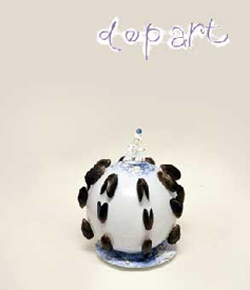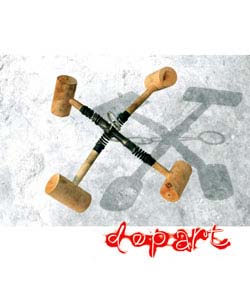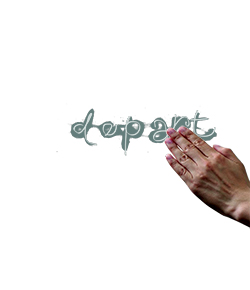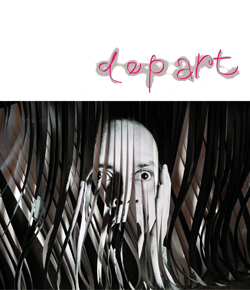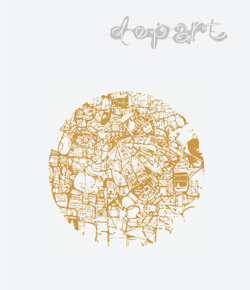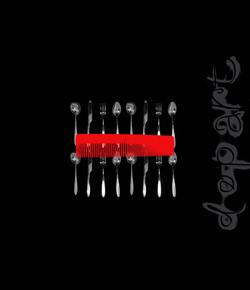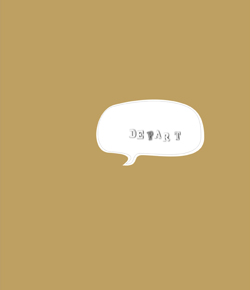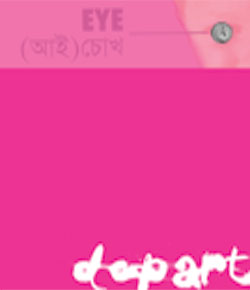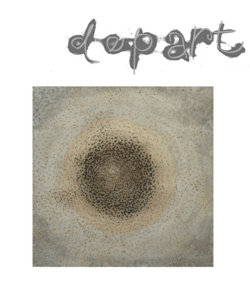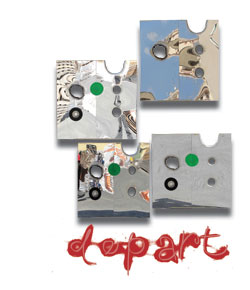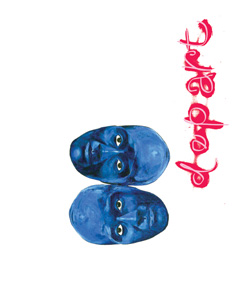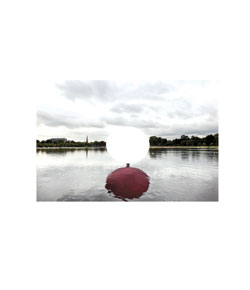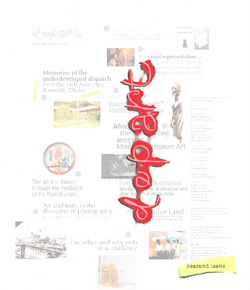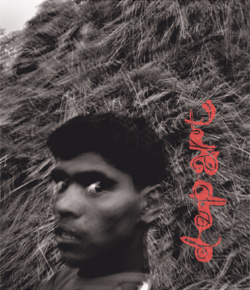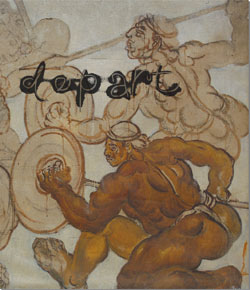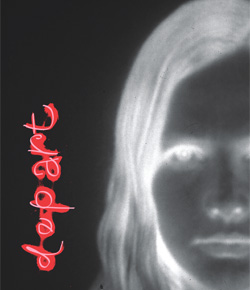navigator
Raghu Rai on India: the theatre of the ‘real’!


Scripted by Raghu Rai, the recent show at the Bengal Shilpalaya was a loquacious take on Indian lives and people demolishing many a narrowed-down perception of a populace to inaugurate rethinking of the central theme which is life. Revealed through images of insoluble ambivalence, most opportunities to capture the real seem to inspire debunking of unsuspected nuances, which is a result of juxtapositions of multiple layers of reality or interpretations that either may seem pure fluke, or deliberate.
The photographer, who shot to international fame in 1971 when Henri Cartier-Bresson marked him out as a major talent from the Southern Hemisphere, has ably topped it up with a sharp, sarcastic eye for the daily drama enacted on the social/political frontiers of what has now become known as the world’s biggest democracy.
That he entered Magnum, world’s most prestigious photo agency, in 1977, and has remained on the limelight since through projects of both aesthetic and political significance bears down on the works on display, many of which are nothing short of spectacles of epic proportion.
For his work, on his native turf, Raghu has been heaped with kudos and veneration in equal measure by people who share his enthusiasm for the ‘spontaneous collection of circumstances’, as he has recently described his signature brio, one that produces a social-psychological bandwidth based on a reflexive mode of interpretation of observed as well as cognized reality.
Appropriation of an attitude, which poet Bratya Raisu has recently dubbed as ‘inherently Western, one that scans people and society with a certain amount of insolence’, can easily be perceived to have played a role in forming the prime for the perpetuation of the legend that he already became in the 1970s. However, this bracket of a critical reflection alone is not enough to evaluate the whole continuum of Rai’s interests and achievements.
Yet in the final analysis, to be able to travel the breadth of his work-logic one does not necessarily need to focus on the discharging of unsavory truths alone, however unavoidable that is for an image-producer who wants to remain relevant in both parts of the world– East and West. One certainly cannot discount the question whether he has been working ‘under the European gaze’; it seems to assail all meritorious acts of dissection vis-à-vis his production.
Yet there must be an artistic vitality, or a flair for the real, which has been formative in his articulation of the language that he speaks, one that demands close scrutiny. One may assume his very signature approach to reality have stemmed from its analogue – the Twentieth Century Surrealism, as he has shown the capability of drawing considerably from the protein device known as ‘non sequitur’, which is associated with that very same all-encompassing literary and art movement. That exemplifying tendency leaves a priming effect on not only how Raghu captures some the vital aspects of the theatre we call life, but also rendered many of his subject matters ironic and, at times, paradoxical.
Though he was born in the small village of Jhhang, now part of Pakistan, his passion bounds him to India; its vast metropolises and religious sanctuaries have extensively been excavated to bring out the heart of all matters – the human drama. Since 1965 he has been involved in a number of seminal news magazines in India.
In the present show, in quite a few snaps, Kolkata, once his working area, emerges with all its anthropological anomalies and contrasts, also cultural verve, decrepitude and most importantly the threadbare human existence that goes on defying time, technology and political stagnation of the South Asian kind. The city itself becomes an endnote of sorts for the civilizational admixture that is India.
Every picture at the Bengal gallery tells a story – at times linear, at others nonlinear -- which is occasionally shot through with unexpected playfulness, revealing Raghu’s ability to divulge an unconscious layer– one that often leads to double-entendres in his case. It seems that Raghu stage-manages this element of playfulness like a dramatist who has decided on letting incongruent and divergent narratives play it out in an undefined field that we may call recordable reality.
For him the very region of the artistic language, one that articulates the observed reality and frames it within a concept, is formed due to both manipulative hold on the chosen subject and a belief in a certain degree of free-play. The subjective sensation of each visual field meets the psychological accoutrements of a mind in Raghu’s present oeuvre, at times with surreal implications, at others, expressing a comatose state of mind against an unyielding reality. On his recent visit, in an interview with the Daily Star he said, “Everything that is predictable should be avoided” and it certainly is one of the ethos that preside over most of his works.
Yet his work seems like a gradual unfurling of an artistic project conceived as a process of interaction with the worlds and the people that inhabit them rather than a mere monolithic presence. For Raghu the world is always in plural– stemming from its core idea of multiplicity. He has some well-defined areas to contemplate– a fixed gaze, one that rarely make way for form of expressions other than the one he banks on. But when he does redirect his attention to relatively virginal territory, he does so with excellent results. The works where he plays with form– the unsettling aggressiveness of the gaping camel’s head in one picture juxtaposed against the lifeline of India’s desert capital Gujrat, and the play of shadow that renders two forms to unite to transmute into another, are the cases in point.
Reality in its giddy, gaudy, unruly state and also in the most paradoxically laidback dimension is what the exhibition titled India reveals into view. The visually resplendent pictures sometimes are even injected with a biting commentary, or occasionally captured with a mere sneer– this is how some may read the interplay showcased between traditional life and technology, fast-paced modernity and organic physicality of human existence. One may also contend that the tendency for deposing the equilibrium of the tableau captured, or divesting the humans of their rational cool are of Western origin, and as such Raghu is bound to win over the minds behind those eyes that search out mostly what is disquieting and is also aligned with the modernist idioms that Raghu draws from – expressionism, surrealism and realism.
That this photographer turns out to be a behemoth of caustic commentary on society, people and also civilization is no coincidence; his mission has been set in this direction from the beginning. The survey of the Bhopal tragedy, where he decidedly led the viewers to a head-on encounter with the aftermath of an industrial mismanagement and neglect turned into a major human tragedy, testifies to his critical gaze, one that looks at progress with deep suspicion.
True art hinges on the concept of ‘parallel evolution’, one that grows alongside the real world. If photography’s definition as a mirror of what is observable reality has ceased to be taken as seriously as before, people like Raghu had an obvious role in initiating this shift. His name will forever be bound up with spectacles of critical intent– a category that may have existed in its full aesthetic vitality and creative force in the West, but still has some distance to travel in this region of ours.
Raghu's exhibition (7th to 13th September, 2009), his 2nd in Dhaka, was organized by Drik on the occasion of its 20th anniversary.




